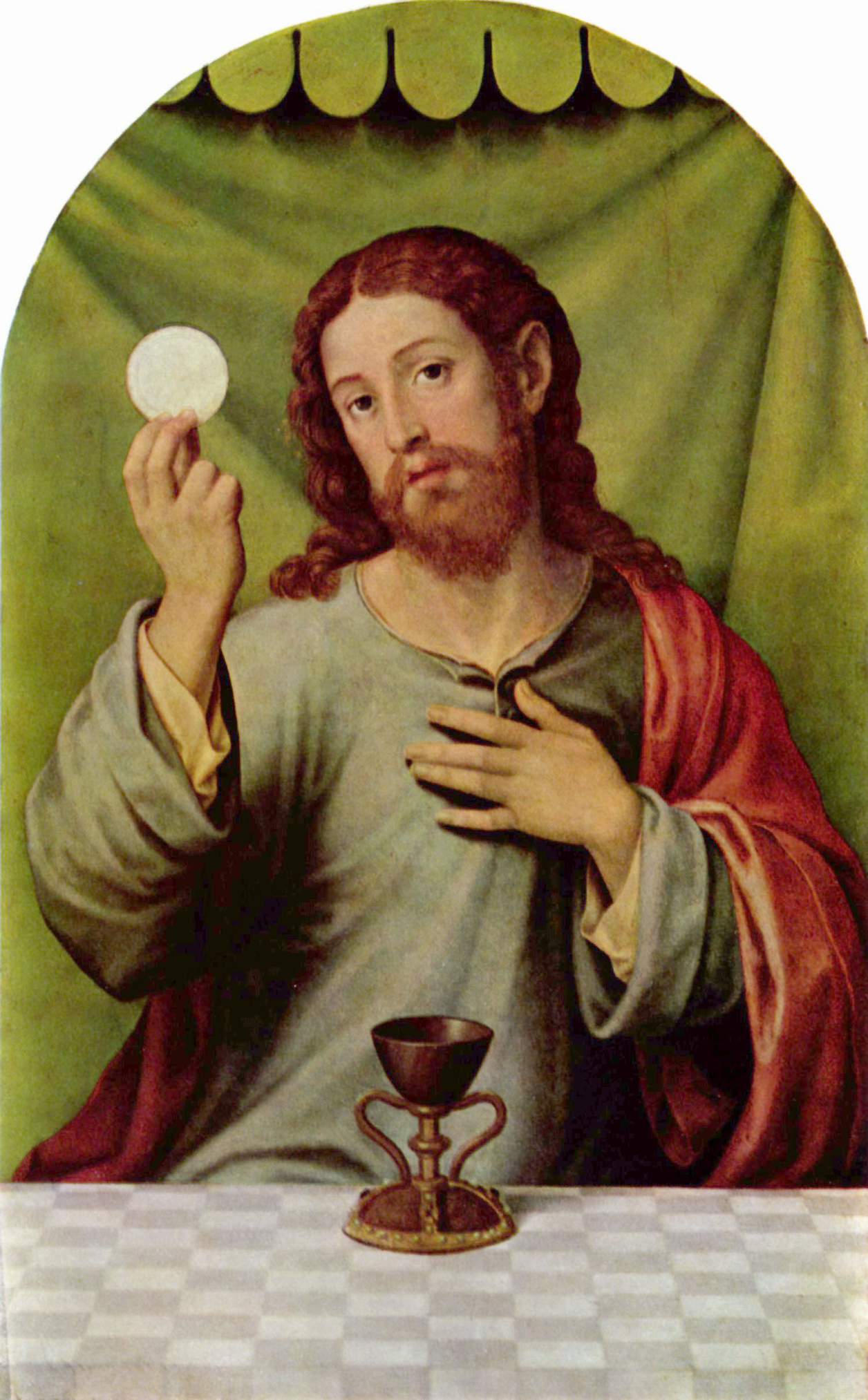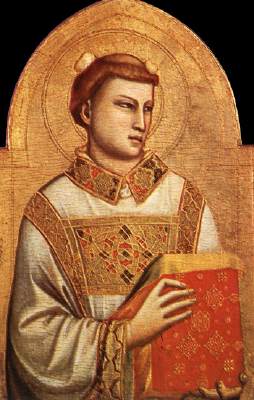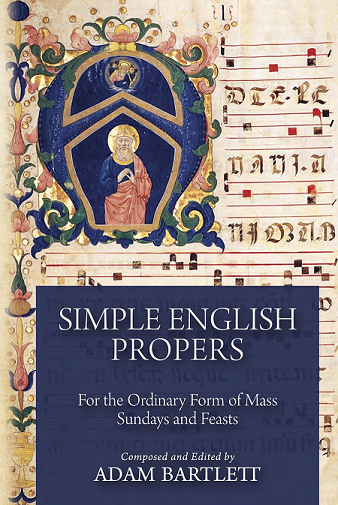In the original game show "Family Fued", the genial host, the late Richard Dawson, would dramatically announce, "And the survey says..." The top answer would appear in a flourish.
Now, some 30 years removed from "Family Feud", we once again face another survey with an even more dramatic flourish, the Preparatory Document for the upcoming Synod on the Pastoral Challenges to the Family in the New Evangelization.
The Main Stream Media (MSM) has really blown this whole issue out of proportion with a string of inaccuracies which make me wonder just from where some of these reporters earned their Journalism degrees. Nowhere in this document does the Holy See ask the bishops, priests or lay Catholics what they would like to change about the Church. This is not a survey about popular opinion akin to what Dawson used to use on "Family Feud." It is far from it.
The survey seeks to take stock of what the Church has been doing (or not) in the areas of Faith and Evangelization as they affect the family. Some of the questions are difficult for the average lay person to answer. I spoke to a priest friend of mine and he said that even some of his brother priests found the document to be challenging. A few did not even know what Local and Particular Churches meant. The "Local Church" is the diocese and the "Particular Church" is the parish.
The first question off the gate is a particularly painful one to answer and it reminds me of a conversation I had with Archbishop Gerhard Muller, the Prefect for the Congregation for the Doctrine of the Faith when I met him in Houston back in February.
1. The Diffusion of the Teachings on the Family in Sacred Scripture and the Church's Magisterium
(a) Describe how the Catholic Church's teachings on the value of the family contained in the Bible, Gaudiam et spes, Familiaris consortio and other documents of the post-conciliar Magisterium is understood by people today? What formation is given to our people on the Church's teaching on family life?
Had the Holy See simply kept this as the sole question, it would have been enough. The answer, in my opinion, pretty affects every other matter addressed in this survey. I can only speak for my little corner of South Texas when I say that the answer is that we have not done much in the way of catechizing the faithful. If we cannot get Catholics to even read Sacred Scripture and the Catechism, how can we even get them to read the post-conciliar documents? Catechesis for adults is sorely lacking and this is showing rather painfully.
As I observed to Archbishop Muller, most lay Catholics down here know more about the platform of one particular political party than they do about Church teaching. This weekend, I learned, much to my chagrin, that not a few of these lay Catholics know more about the message preached by megachurch minister Joel Osteen than they do about the Faith of the Church. Sadly, quite a few of my fellow Catholics joined a packed house to hear Osteen preach this past Friday. Ironically enough, Friday was the feast of St. Nicholas, who was known for his knockdown, drag down bouts with heretics. When I charitably called out some of my fellow Catholics for showing up to this event, one woman who professed to be a "strong Catholic"(who teaches CCD and prepares young ladies for their Quince Anos celebrations) berated me for being judgmental. I told her that what I was simply doing was offering fraternal charity. I even quoted from Dominus Iesus in my attempts to explain to her why going to such events was not proper for a Catholic to do. Her prompt response was one of ridicule. She claimed to have read the document, but, she never addressed it. Instead, she focused on how strong a Catholic she was because she attended conferences.
The next part of the question, in my opinion, seeks to take a hard, honest look at what we are doing to catechize the family at the national, diocesan and parochial level:
(c) How widespread is the Church's teaching in pastoral programs at the national, diocesan and parish levels? What catechesis has been done on the family?
Nothing substantial has really occurred here. If catechists are out there singing the praises of Osteen and his false gospel of prosperity, how can they accurately transmit the Faith to the parishes they serve? While the Christian Family Movement certainly helps reach out to families, nothing else has occurred. The United States Conference of Catholic Bishops has not done much to help out. Rather than focus on political issues such as immigration reform and affordable healthcare, I would rather the USCCB spend its energy on shoring up catechesis for adults and children. I would rather they encourage and promote adult catechetical formation. If parents are supposed to be the first teachers of their children in the faith, then the national conferences and the Local and Particular Churches need to do their part to give these folks the tools they need to educate their offspring. How can we expect our children to learn their faith if the parents do know even know it themselves?
One document that could actually help, one that was not even mentioned in the survey, is Dominus Iesus. Promulgated by the former Joseph Cardinal Ratzinger as Prefect for the Congregation for the Doctrine of the Faith on August 6, 2000, and confirmed and ratified by Blessed Pope John Paul II, the declaration defines the "Unicity and Salvific Universality of Jesus Christ and the Church". In other words, it declares that the one Church of Christ subsists in the Catholic Church. This is a fact that is lost on not a few Catholic families. This could help clear up a lot of misunderstandings about just who the Church is and who we are as her children.
The subsequent questions are somewhat difficult to answer because they assume that the responders know statistical data on the numbers of those families that are in irregular situations and about ministry to divorced and remarried Catholics. It also raises the question of what policies are in place to care for children who are in these irregular situations (i.e., when those in same sex unions ask for baptism for children in that setting). These issues are more for bishops and priests to answer than the average lay Catholic.
What I found interesting was the absence of the liturgy in this survey. If the sacred liturgy is supposed to be the source and summit of our life as the Church, how is it that the Mass has no place in the questionnaire? Does it not concern the authors of the survey that, in some cases, Mass attendance is dwindling and this affects the family? At the local level, some families only show up when it is time for sacramental preparation; however, when the last sacrament of initiation is imparted (Confirmation), some families will not return until it is time for marriage or, in the Hispanic culture, the Quince Anos celebration. The survey talks about receiving Holy Communion; however, the sacrament of the Eucharist does not exist in a vacuum as one should assist at Mass in order to receive Our Lord.
The survey, on the whole, raises more questions than it will, perhaps, receive answers. To what end will this help the Synod? I suspect that the Synod Fathers may be in for quite an opener, especially when they examine the questions and look at what "the survey says."











